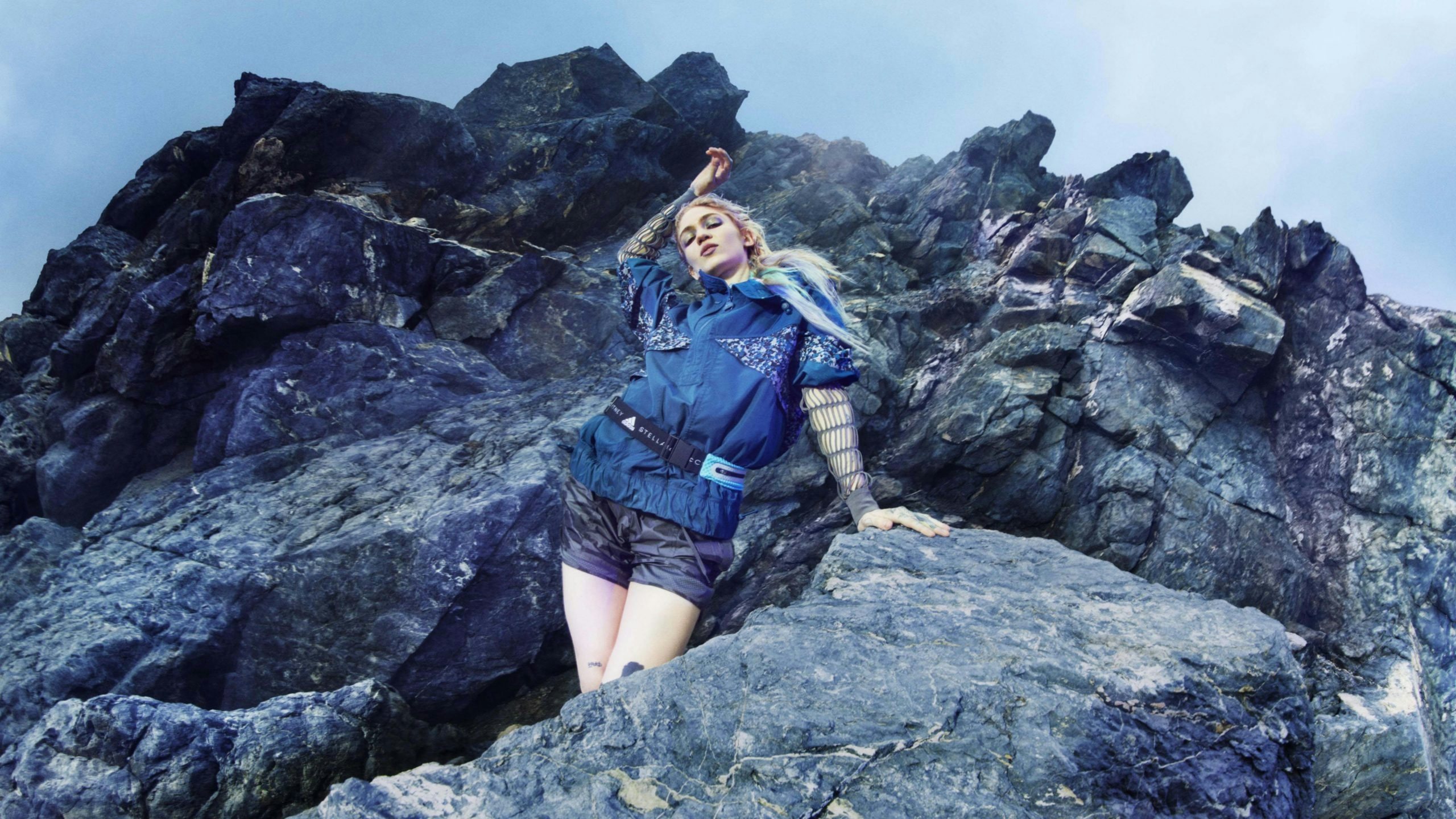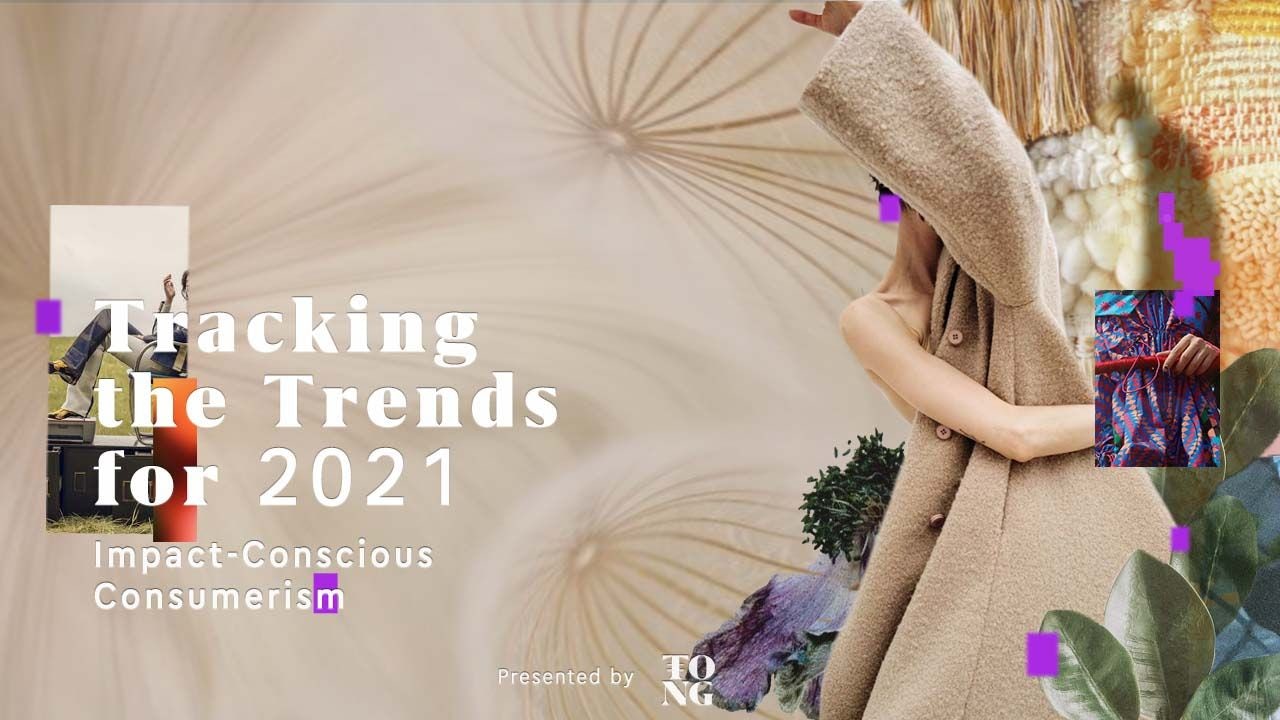Key Takeaways:#
What’s more critical than understanding season-to-season fluctuations is knowing which overall tendencies will become mainstream over time. Brands that can drive these changes have an opportunity to become an influencer and an inspiration in their category.
In China, up to 75 percent of personal luxury goods are purchased by women, and millennials are the top customer group for luxury purchases. In other words, luxury is now young and female.
Post-pandemic, work has become integrated with family life for many people, and not commuting has freed up time for family, friends, and exercise. Yet, most brands aren’t addressing these major changes.
The principles never change, but luxury's expressions are always evolving. Luxury fashion is a great example of this, as every season, new trends and influences become defining elements of a moment. A brand must understand these fast-moving shifts — or, ideally — be at the forefront of defining them. Otherwise, it will not be able to maintain relevance over time.
But what’s even more critical than understanding season-to-season fluctuations is knowing which overall tendencies will become mainstream over time. Brands that drive these changes have a great opportunity to become an influencer and an inspiration in their category. In fact, research done by Équité has shown that the ability to influence and inspire are the critical drivers of perceived customer value.
This trait is of utmost importance: if your brand follows trends and lets competitors define the field, its relevance will fade over time. Many legacy brands make the mistake of falling into the “we always did it this way” mentality — and they don’t realize they've been complacent until it is too late. In luxury, where brand survival depends on creating “extreme value” for their customers, innovation and reinvention are critical for earning a competitive advantage. In an ever more rapidly changing environment, the distinction between leading and following has become the most critical factor behind long-term brand success.
Based on a data-driven analysis by IMS Hong Kong and Équité, which covers consumer behavior and sentiment shifts in the critical Chinese luxury market, I believe that the following trends will become increasingly important for luxury brands to be successful in China as well as key Western markets during 2021:
Young and highly-discerning female customers#
One of the biggest misconceptions many luxury brands have is thinking their target customers are male and roughly 40-50 years old. In China, up to 75 percent of personal luxury goods are purchased by women. And in countries outside of China, that number surpasses 50 percent. Millennials are the top customer group for luxury, and they contribute to more than 65 percent of all personal luxury sales in China (and more than 40 percent outside of China). In other words, luxury is now young and female.
Therefore, when you analyze your brand, you must ask yourself if your profile matches the market demographics. To lead and not to follow, your brand should ideally be younger and more female than average. We still see too many brands that aren’t relevant enough for younger target groups. The most dangerous explanation I hear is that “we don’t need younger customers because they don’t buy us...they don’t have the money.” Sound familiar? Customers will not suddenly pivot to your brand just because they get older. The chances are high that you will never win them over in the future if they don’t see your brand as relevant today.
One of the biggest mistakes I see is underestimating younger audiences, as they will be your most discerning customers. The youngest customers often know much more about their favorite brands and own more luxury items than older customers. In a recent study, we saw that a surprisingly high number of Chanel and Dior bags were owned by young and affluent Chinese women. If they decide on your brand, these customers will go all in. But if they are not convinced, they will never buy you. Interestingly, few brands have strategies to be appealing to these critical customers.
Quality of life and health#
Some trends will stick with us after the pandemic has passed. For many customers, the last nine months have been the first when they were confronted with a completely new reality. What was “normal” suddenly became completely different. In cities like Shanghai, Beijing, Moscow, Tokyo, Los Angeles, London, Paris, and New York, it had been normal to commute to work for hours a day. It was normal not to see family during a workday and to prioritize work time over personal time. On top of that, many young people have never had to worry about serious health risks before.
But the pandemic changed everything. Working at home has integrated work and family life for many people. Not commuting is freeing up time for family, friends, and exercise. Me-time has become a reality, and healthy living has become a new luxury.
Many brands don’t have a solution for this quality-of-life-oriented shift. However, its impact on fashion, beauty products, hospitality, restaurants, health-clubs, home-fitness, watches & jewelry, and even the car industry will be disruptive. During my sessions with brands, I see firsthand how surprising this future looks to managers. In a recent seminar, the leadership team of a leading luxury brand was shocked at how much the industry will change — and how badly they will need a new action plan to stay ahead.
For example, hospitality brands will need to rethink their entire value creation model, whether it's by changing their restaurants and spas or offering new yoga and meditation classes or other decompression rituals. Few brands are ready for a healthier lifestyle their guests now demand. Most restaurants still lack healthy options. Meanwhile, fashion may never have the same importance it had even a year ago, forcing many brands to redefine who they are through the lens of sustainability and their carbon footprints. Quality of life and health will undoubtedly be massive disruptors across all luxury categories.
Sustainability, subscriptions, and resale#
The traditional business model for many luxury brands had been transactional — aka selling new items to customers — for a long time. As such, most brands didn’t care what happened after they made a sale. But that must change for today’s market. Young millennials and Gen Zers are much more driven by sustainability, and they are demanding transparency and innovative solutions, including buying pre-owned luxury items.
But buying used isn’t always a matter of saving money. It is often a way of owning an authentic piece of a specific era. Today, second-hand Chanel bags that were designed by Karl Lagerfeld are much more expensive than they were when they were originally sold. Hermès’ Birkin Bag is a classic example of this appreciation, as most people still wait on long waiting lists to buy the newest ones. Sites like the RealReal have seen a huge spike in popularity. But the next logical question is: Why doesn’t Chanel sell its own pre-owned bags?
Interestingly, most luxury brands have no immediate solution to this new trend. They don’t participate in the second-hand market, leaving it to retailers that don’t always respect their brand identities. More circular thinking will be needed going forward, which means accompanying a customer over the lifespan of the item and potentially buying back products and reselling them.
I also predict a dramatic rise in subscription-based models, which allow customers to experience the brand when and how they need it. Porsche’s Drive subscription is a great example. It allows customers to exchange their car for whatever model they need at the moment (for a premium). It’s a shift from traditional ownership to personalized customer experience creation.
The disruption is now#
If history teaches us anything, it is that there’s no time to waste. Customer preferences are changing rapidly, and the most successful brands will be the ones that lead those changes. That could be the New Year’s resolution for your brand: to challenge your strategies since the world has changed and how you anticipate them working over the next 5-10 years. Then, address those changes aggressively and fearlessly! It is your best bet to stay ahead.
Daniel Langer is CEO of the luxury, lifestyle and consumer brand strategy firm Équité, and the professor of luxury strategy and extreme value creation at Pepperdine University in Malibu, California. He consults some of the leading luxury brands in the world, is the author of several luxury management books, a global keynote speaker, and holds luxury masterclasses in Europe, the USA, and Asia. Follow @drlanger


